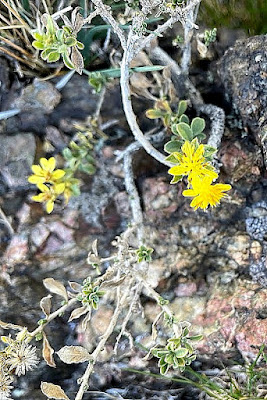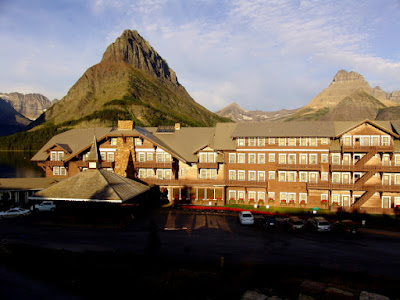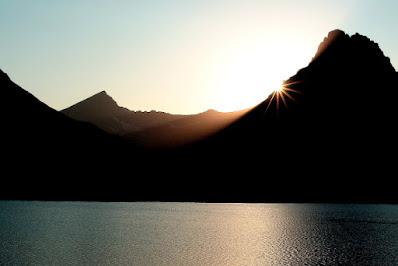A visit to Antelope Island has been on my Bucket List for a long time, but I never seemed to make it there for a RonnieAdventure. When my grandchildren suggested that we go hiking on the Island, I was really excited to make the trip.
With a land area of 42-square miles, Antelope Island is the largest of 10 islands located within the Great Salt Lake. The Island is reached by an elevated causeway that connects the north end of the Island to the shoreline.
On October 2, 1992, five Army Rangers and seven Air Force Special Operations Airmen were killed on a night training mission when their MH 60G Pave Hawk helicopter flying a few few above the Lake's surface hit the elevated causeway and burst into flames before landing in ten-foot deep water. A seven-foot tall granite monument has been constructed at the west end of the causeway to remember those killed in the accident.
Our first stop on the Island was the Visitor Center to pick up some hiking trail maps and view the various exhibits. In front of the building there were various animal exhibits and an elaborate stone castle bird house.
Much of the Island is covered with native grass that supports populations of American Bison, pronghorn antelope, bighorn sheep, porcupine, badgers, coyotes, bobcats, mule deer, and millions of waterfowl. There are over 40 springs on the Island that provide freshwater for the wildlife. After we left the visitor center, there was a bison standing next to the road posing for pictures.
 |
| Picture by Elizadrew |
 |
| Picture by Elizadrew |
A paved road runs along the east side of the Island down to the Historic Fielding Garr Ranch. The Ranch was settled in 1848 and a log cabin was built near a freshwater spring. In 1850 the log cabin was replaced with a stone ranch house, which is now the oldest Anglo building in Utah still standing on its original foundation.
The area around the Ranch is a popular birding area with over 250 different bird species recorded at the site. I think we were there at the wrong time of year because we only saw a few small birds flying around the treetops. The birds may have been some type of exotic one eyed one horned flying purple people eaters, but to me they looked like Sparrows. (Where were Mary & Fred when we needed them!)
In the early 1900s cattle ranching was phased out and sheep were introduced at the Ranch. By 1920 there were over 10,000 sheep on the Island and it was one of the largest and most industrialized sheep ranches in the United States. A gas engine was used to provide power for the mechanical shearing equipment and using the mechanical equipment a sheep could be sheared in a few minutes. It took almost 30 minutes to shear a sheep using hand shears.
There were very few people that actually lived at the ranch. Most of the sheepherders lived in Sheep Camps that were pulled by horses to the various grazing areas. Sheep camps are still used today by sheepherders throughout western United States.
In 1981 the State of Utah purchased the entire island for a State Park, which ended ranching on the property.
 |
| Sheep Shearing Barn |
 |
| Sheep Camp |
 |
| Picture by Elizadrew |
 |
| Picture by Elizadrew |
 |
| Picture by Elizadrew |
 |
| Photographer Unknown |
















































































